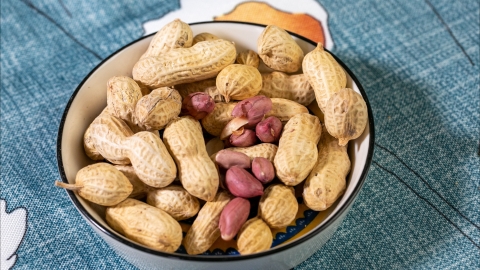Can peas and peanuts be eaten together?
Under normal circumstances, peas and peanuts can be eaten together. There is no conflict between them in terms of nutritional components or food safety, and combining them may provide complementary nutritional benefits. A detailed analysis is as follows:
Nutritionally, peas are rich in plant protein, dietary fiber, B-complex vitamins, and minerals such as potassium and magnesium, which help promote digestion and stabilize blood sugar levels. Peanuts contain high-quality fats, protein, vitamin E, and folic acid, which help protect the cardiovascular system and combat oxidation. Both contain plant-based proteins, but their amino acid compositions complement each other, thereby enhancing the overall nutritional value when consumed together.

Neither contains incompatible substances nor causes cross-allergic reactions. However, both are relatively high in calories, and excessive consumption may lead to excessive calorie intake. Additionally, both contain dietary fiber, so individuals with weaker gastrointestinal function should moderate their intake to avoid bloating.
In terms of consumption, they can be combined with staple foods or vegetable salads to increase dietary fiber and vitamin intake. They can also be mixed and made into a paste or blended into a drink for breakfast. Those with a peanut allergy should avoid peanuts, and individuals with gout should limit their intake of peas.









